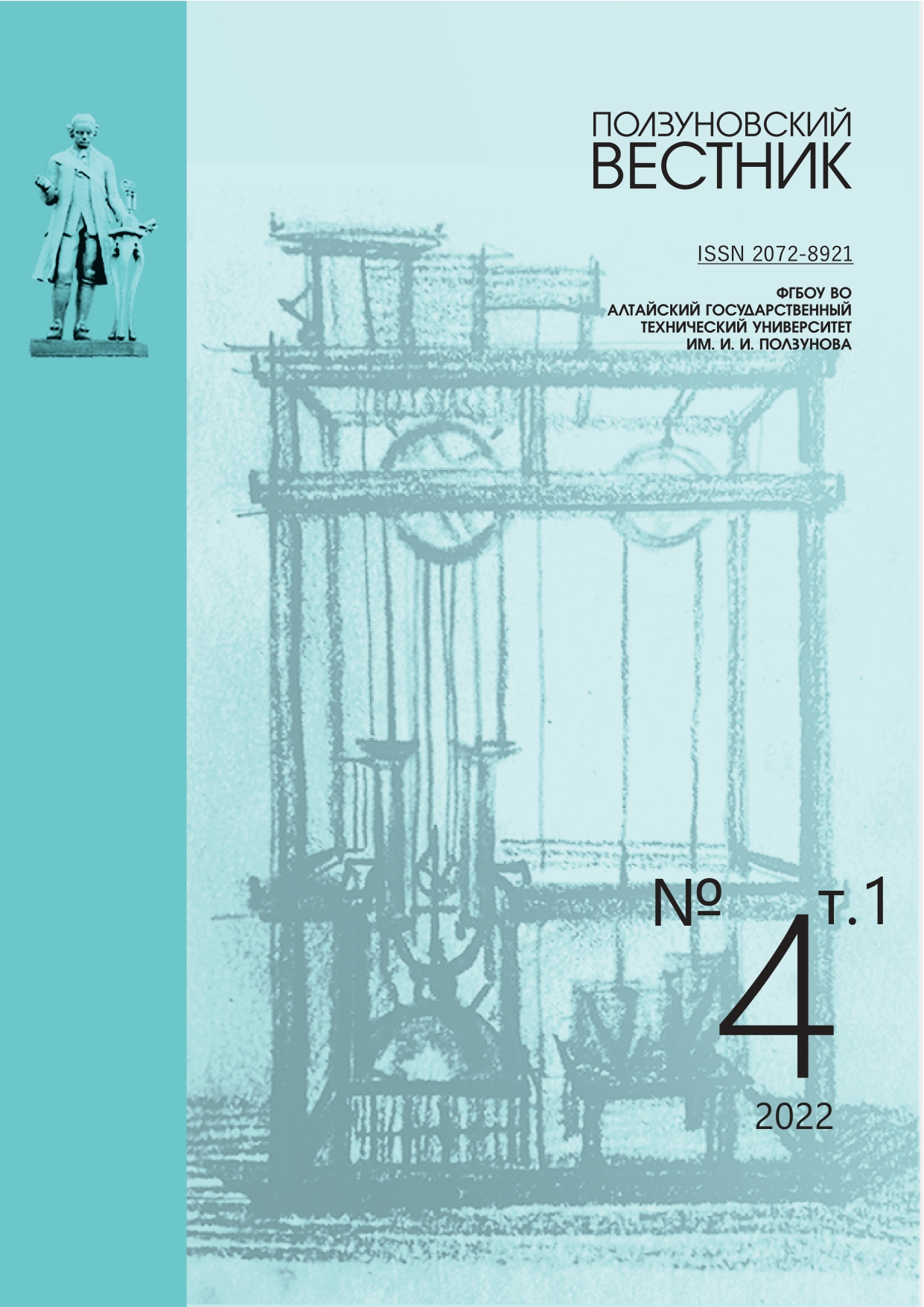COMPREHENSIVE ASSESSMENT OF СHАENOMELЕS FRUITS AS A POTENTIAL SOURCE OF PECTIN SUBSTANCES
EDN: SAMEJC
DOI:
https://doi.org/10.25712/ASTU.2072-8921.2022.04.010Keywords:
сhаenomelеs, fruits, pectin substances, chemical composition, pectin extractAbstract
Some types of wild fruit raw materials are characterized by a high content of pectin. Therefore, it is of interest to search for potential sources of pectin substances that could be naturally used for the development of food additives and functional products. The purpose of the research is a comprehensive assessment of the fruits of сhаenomelеs as a potential source of pectin substances and justification of the expediency of its use in food production. The following types of сhаenomelеs were used as objects of research: Japanese сhаenomelеs (Ch. Japonica lindl), сhаenomelеs maulea (Ch. Maulei c.k Schneider), Chinese сhаenomelеs (Ch. Sinensis Koch), luxurious сhаenomelеs (Ch. Superba). The chemical composition of various types of сhаenomelеs fruits was determined, in which a high content of titrated acids 3.6...4.9 %, vitamin C 48.3...144.1 mg %, pectin substances 0.97...1.22 % was found. It is shown that the dominant position in the pectin complex belongs to insoluble pectin. The kinetics of extraction of pectin substances has been studied and rational process parameters have been proposed to obtain extracts with high functional and technological properties. It is proved that сhаenomelеs is a valuable source of pectin substances and has the prospect of use in the production of food products.
References
Егорова Е.Ю., Школьникова М.Н. Дикорастущее сырье для БАД к пище // Пищевая промышленность. 2008. № 4. С. 50-52.
Использование продуктов переработки плодов редких культур в рецептуре многокомпонентного продукта питания функционального назначения / Т.Г. Причко [и др.]. // Известия высших учебных заведений. Пищевая технология. 2021. № 2-3 (380-381). С. 31-35. https://doi.org/10.26297/0579-3009.2021.2-3.8
Кириленко Н.М., Суконкина Е.Б. Новые виды сырья в производстве мучных кондитерских изделий // Кондитерское производство. 2016. № 1. С. 16-18.
Воробьева Г.М. Хеномелес японский в Сибири // Новые и нетрадиционные растения и перспективы их использования. 2015. № 11. С. 24-27.
Карелин В.С., Кормилицына Т.А., Сорокопудов В.Н. Хеномелес (Chaenomeles (Thunb.) Lindl.) - ценное декоративное и пищевое растение // Вестник ландшафтной архитектуры. 2021. № 28. С. 21-25.
Comprehensive characterization of Chaenomeles seeds as a potential source of nutritional and biologically active compounds / I. P. Turkiewicz [et al.] // Journal of Food Composition and Analysis. 2021. Vol. 102. P. 104065 https://doi.org/10.1016/j.jfca.2021.104065
Причко Т.Г., Дрофичева Н.В., Коваленко Н.Н. Айва японская (хеномелис маулея) - биологически ценное сырье для создания продуктов питания функционального назначения // Пищевая промышленность. 2014. № 9. С. 25-27.
Федулова Ю.А., Шиковец Т.А. Японская айва - новая плодовая культура в садах России // Современное садоводство. 2016. № 4 (20). С. 25-29.
Продукты переработки плодов и овощей. Методы анализы: сборник ГОСТов. М.: Издательство стандартов, 2010. 239 С.
Методы контроля в пектиновом производстве / В.В. Нелина [и др.]. Киев, 1992. 114 с.
Sharma H.P., Patel H., Sugandha S. Enzymatic added extraction and clarification of fruit juices // Critical Reviews in Food Science and Nutrition. 2016. Vol. 57. Iss. 6. P. 1215-1227
Downloads
Published
How to Cite
Issue
Section
License
Copyright (c) 2022 Nadezhda S. Sanzharovskaya, Olga P. Khrapko, Hayk A. Avdjian

This work is licensed under a Creative Commons Attribution 4.0 International License.
















 .
. This work is licensed under a
This work is licensed under a 
